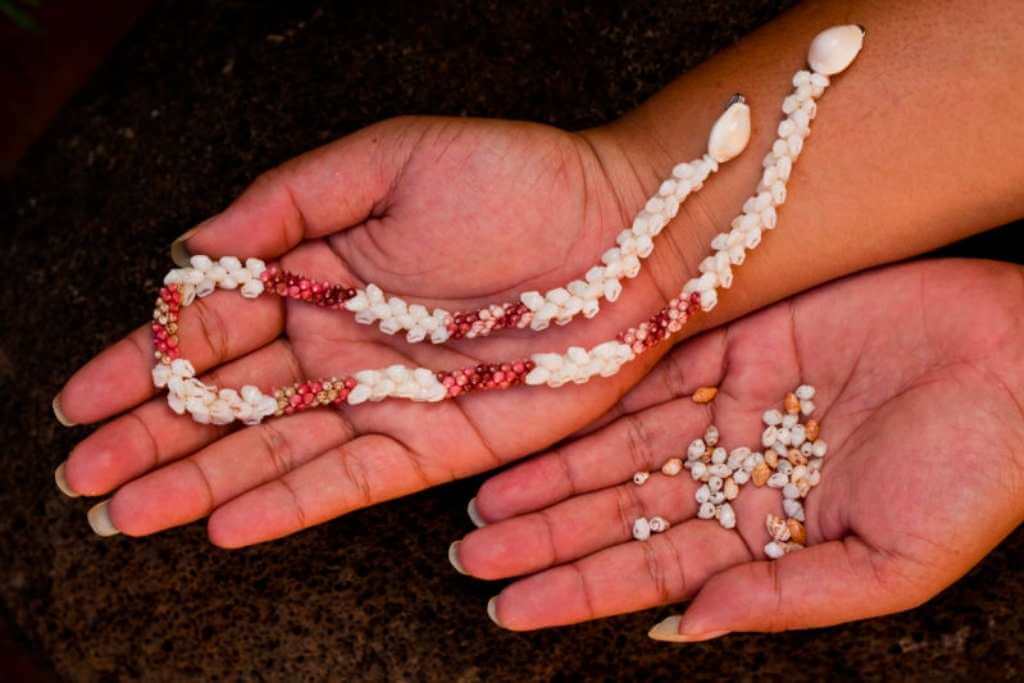Niihau is a little different from the other major Hawaiian islands in that it lacks the forests and flowers that are used to make fresh flower leis. The Forbidden island is very dry and devoid of the vibrant and fragrant flowers we are accustomed to seeing on the other islands, in contrast to the other islands. The “flowers” of Niihau, as opposed to the designated fresh flower for each island, are the various shells that can be found on the island’s beaches. Beautiful Niihau shell lei necklace that were truly “made in Hawaii”
Since a single strand of niihau shells can take several years to complete, finding them only on the shores of The Forbidden Island calls for extreme patience. These unprocessed ocean treasures come in a range of hues, from vivid white and yellow to pink, and even shells with spots of white and black, demonstrating nature’s artistic freedom.
The Story Behind Niihau: Forbidden Island in Hawaii
The Special Meaning Of The Flower Necklace Hawaii
8 flowers represent 8 Hawaii’s main islands
What types of Niihau shells are there?
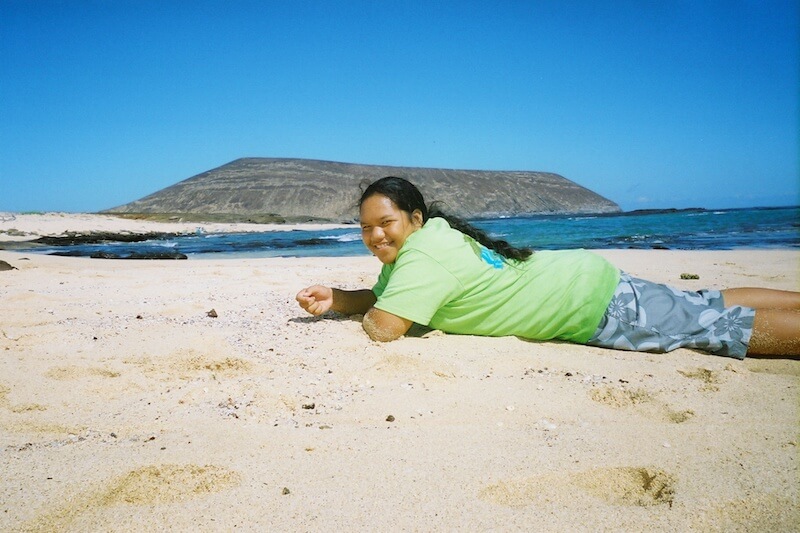
Legally, this phrase only applies to shells that have actually been collected on the Forbidden Island’s shores. However, the term typically refers to the three shells—kahelelani, momi, and liki—as well as a fourth, kmoa, which is frequently used to add contrasting color, that are frequently used to make Niihau shell lei necklace.
Momi (Euplica varians), laiki or rice shells (Mitrella margarita), and kahelelani are examples of the species used for shell leis (Leptothyra verruca).
As a result of the variety of colors and markings on these shells, Ni’ihau artisans describe each one differently.
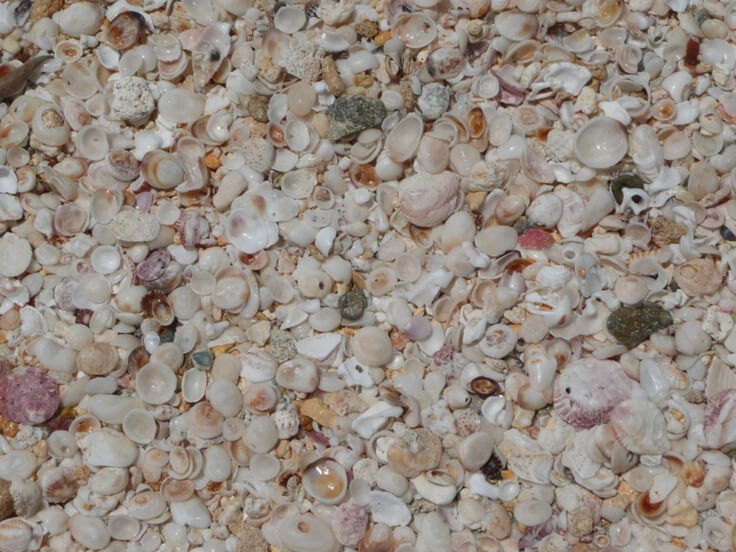
In order to identify a shell, it is usually necessary to first state its type, such as “kahelelani,” “momi,” “lāiki,” etc., before adding any qualifying terms, which are typically associated with color. Ke’oke’o (white), ‘ākala (pink), Lenalena (yellow), and ‘ōma‘oma‘o are common hues (green). Color shades are frequently described as “āhiehie” (light) or “ikaika” (dark). Kahakaha (striped), ‘ōnikiniki (spotted), ‘āpu‘upu‘u (bumpy), and even waha ‘ula‘ula are some additional terms (red mouth).
The price of a lei is also influenced by the cost of a particular shell. A lei made with hot-pink and black kahelelani will cost significantly more than a similar lei made with shells of colors that are more widely available, whereas the off-white momi shell is very common and simple to find.
How to create a Niihau shell lei?
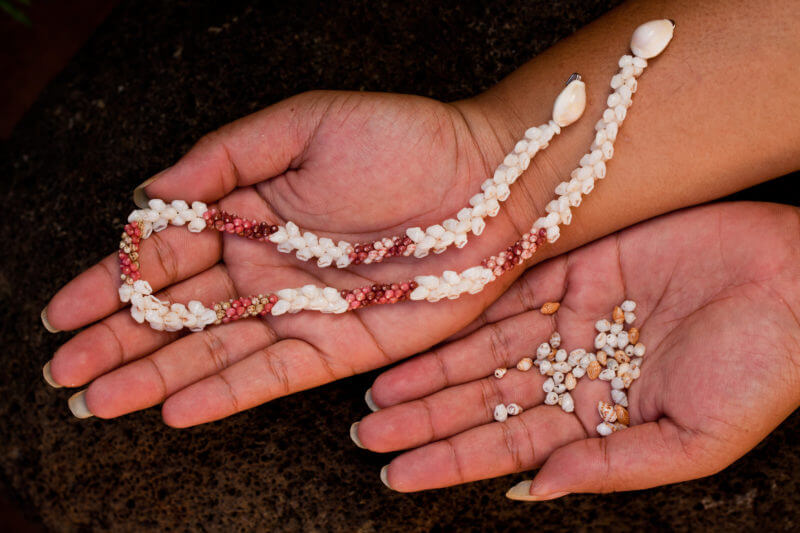
The people who make Niihau shell lei are truly amazing. As their morning grows warmer and the sun beats down on the back of their necks, they lay on their stomachs for hours at a time, pulling these teeny tiny shells out of the sand. Each shell varies a little bit in terms of tone, size, shape, and color. Untrained eyes cannot see what is obvious to those who spend days crafting a single necklace.
Although there are more than a dozen different kinds of shells used in Niihau shell leis, the kahelelani, momi, laiki, and kamoa are the most well-known. The shells used in these leis are typically very small, which makes them challenging to work with. The majority of the shells are roughly the same size as your smallest fingernail. Although creating these unique leis may seem like excruciatingly slow work to most of us, Niihau artisans who have trained in and mastered the craft for many years let their fingers fly.
Some interesting facts you may not know
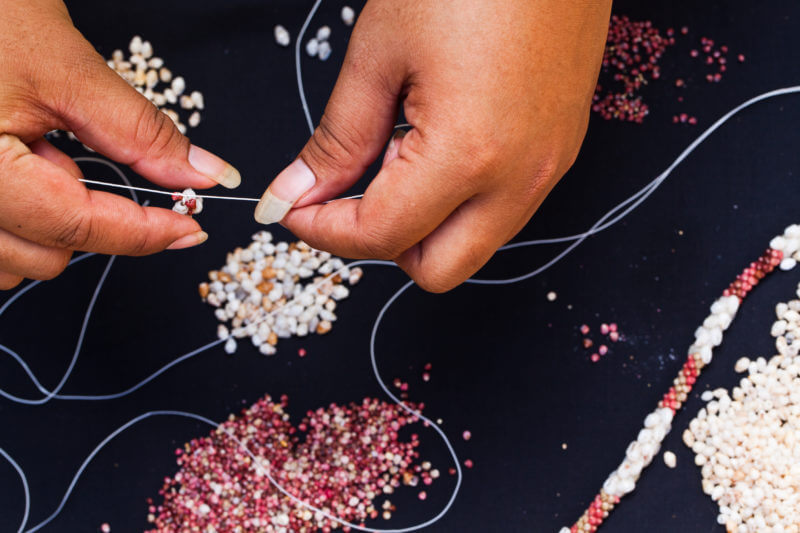
The only jewelry that is specifically protected by the State of Hawaii’s Legislature is jewelry made of niihau shell, making it unique.
H.B. No. 2569 was unanimously approved by the House of Representatives in 2004 and forbids the sale of “seashell items” with the terms “Ni’ihau” or “Niihau” in the description or label unless 100% of the shells are from the island of Niihau and the item is entirely made in Hawai’i.
Only on the shores of Niihau can one find the abundance of shells used to make Niihau shell lei necklace, so this legislation was created to preserve one of the few remaining sources of income for the Ni’ihau people.
With prices for a single lei ranging from $100 to $30,000 or more, you should take all reasonable measures to ensure that your purchase is not only of high quality but also a genuine Niihau shell lei.
